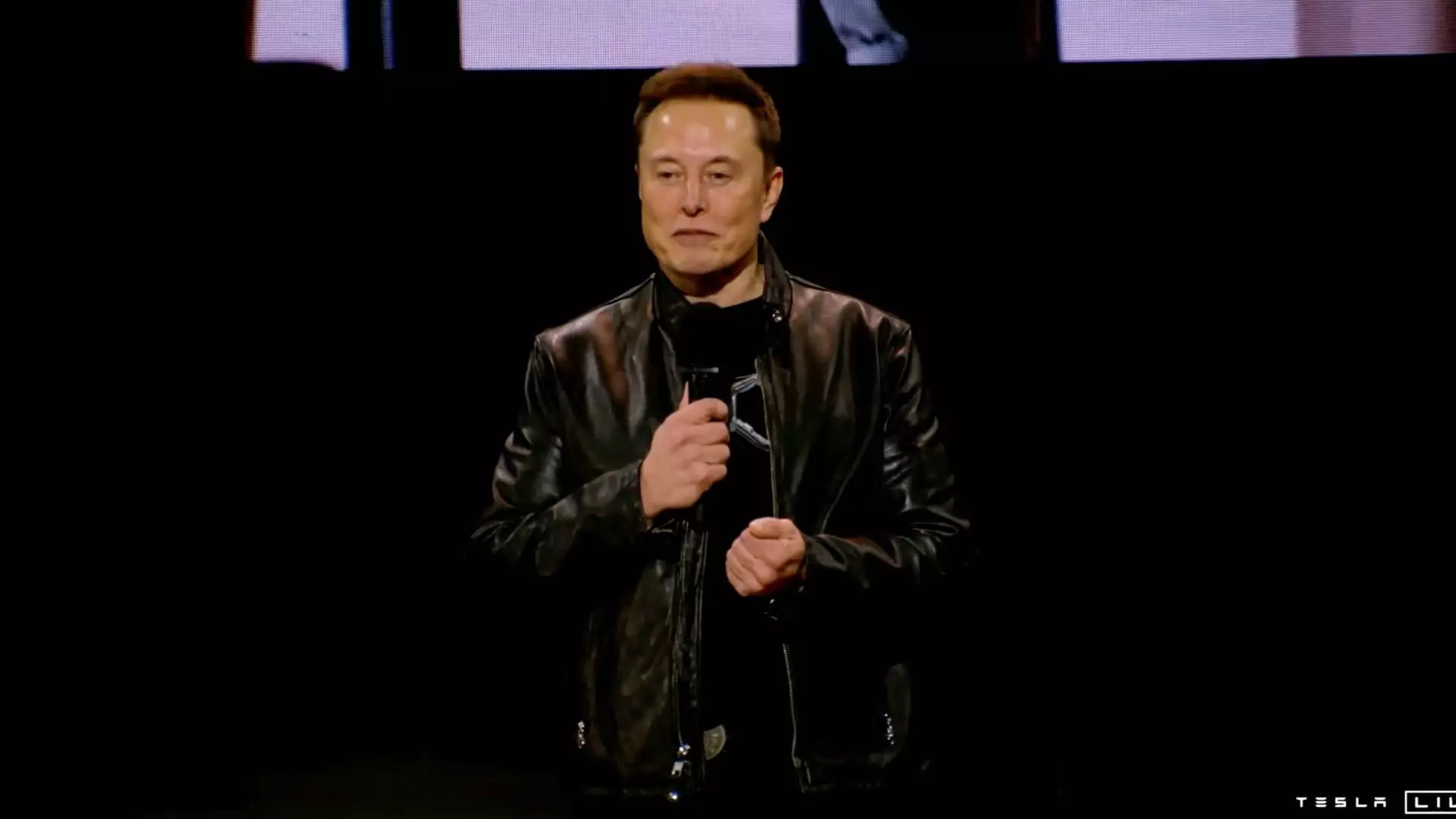In what can be characterized as a concerning twist in the auto industry’s rapidly evolving landscape, Tesla has found itself at the center of a significant controversy regarding its portrayal of its vehicles’ autonomous capabilities. The National Highway Traffic Safety Administration (NHTSA) has raised serious alarms about Tesla’s usage of social media to imply that its cars are capable of autonomous driving, potentially jeopardizing the safety of its users. Gregory Magno, the NHTSA’s leader, expressed grave concerns when he revealed in a publicized email that some Tesla social media posts showcased disengaged driving behaviors. This ambiguous messaging runs contrary to Tesla’s own directives, which stress that drivers must maintain control of their vehicles, underscoring the potential for misunderstanding.
The critical issue at hand is the distinction between a vehicle that possesses advanced driving assistance features and one that is fully autonomous. The communications disseminated by Tesla may give the erroneous impression that their Full Self-Driving (FSD) system can operate independently without human intervention. This misinterpretation could lead drivers to assume that they can disengage from active driving responsibilities, a belief that could result in dangerous situations on the road.
The NHTSA’s firm stance on the matter is accompanied by tangible repercussions. Tesla has been issued a deadline of December 18 to furnish the NHTSA with a comprehensive response regarding its FSD technology and related claims. The agency’s inquiry into Tesla’s practices follows several collisions, one fatally involving a pedestrian, which occurred when drivers were utilizing the FSD system. The potential for penalties reaching $135.8 million looms large, highlighting the regulatory body’s serious commitment to automotive safety.
In his communication, Magno pointed out specific Tesla posts that disturbingly conveyed messages aligning FSD with risky driving behavior such as being under the influence or fatigued. By promoting such notions, Tesla risks normalizing irresponsible conduct, despite their own regulatory guidelines. This reckless portrayal begs the question of corporate responsibility in ensuring consumer understanding of technology limitations.
Tesla’s narrative is further complicated by the company’s desire to position itself as a leader in the autonomous vehicle sector at a time when consumer confidence in safety is paramount. As the automotive world pivots towards more automated technologies, the fine line between promoting innovation and ensuring customer safety must be navigated with utmost care. The implications of misleading representations can be profound, fostering not just regulatory scrutiny but also potential harm to public safety.
Elon Musk, Tesla’s CEO, is notably active in political and regulatory discussions surrounding autonomous vehicles. His recent political engagements, alongside his ambition to establish federal standards for vehicle safety, could potentially conflict with the brand’s current messaging strategy. It raises the question: is Musk prioritizing innovation at the cost of consumer safety? As Tesla promises advanced features, the need for clarity and accurate communication cannot be understated.
The unfolding situation with Tesla serves as a strong reminder of the ethical responsibilities involved in the promotion of emerging technologies. As regulations tighten and consumer expectations evolve, Tesla must reconcile its ambitious claims with a commitment to safety and transparency—an endeavor critical not just for the company, but for the entire automotive industry’s trajectory toward autonomy.

